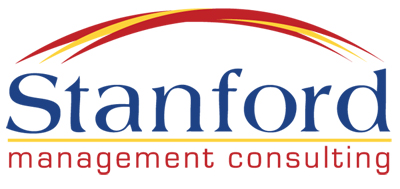 “Julia, you keep talking about “pre-planned profit”. What does that mean exactly and how do I do it?”
“Julia, you keep talking about “pre-planned profit”. What does that mean exactly and how do I do it?”
How much of every sales dollar are you actually keeping? We can all agree that nothing happens without a sale. However, looking at the total revenue line on the profit and loss statement does not tell the whole story. Increase in revenue does not necessarily equal increase in profit or profit margins. For example; if a company has costs that increased at a greater rate than revenue, it leads to a lower profit margin. Profit Margin is calculated by net income divided by total revenue (sales). This profit margin measures how much of each dollar the company keeps after all cost of goods and expenses are paid.
While increased sales add to the bottom line to a certain extent, you must control expenses to receive the full benefit. Controlling cost is the key to engineering greater profit. Profit must be pre-determined, planned, and monitored just as any other expense. Planning for profit is a component of your yearly business plan. If you are in business to make a profit then it makes sense to plan for it. Even if your company made a profit last year you have to ask yourself how much higher the margin could have been if you treated profit as your first line item expense (the first line on the expenses listed on your profit and loss). Practiced and administered consistently, a pre-determined profit plan can be quite advantageous for companies of all sizes. It avoids the usual “wing and a prayer” hope that at the end of the year that there is something left!
A profit plan is not a sales or expense plan. It is simply a clear and concise written action plan that details how owners and managers work together to achieve the company’s minimum profit requirements (pre-determined). This pre-determined profit is based on what the company needs to achieve in profits to meet the goals and objectives of the company. The pre-determined profit plan and the budget are intertwined and should drive all the company’s activity so the budget requirements are met and the profit expectations are realized. This is a perfect key performance indicator and should be monitored at a minimum on a monthly basis.
Four steps in creating and managing a pre-determined profit plan:
- Determine the sales and profit goals based on historical company information, risk and growth, the health of the industry, and the economy. The sales goals dictate the levels of performance required in all of your business’s departments to achieve goals.
- Identify activities and processes that drive the company’s profitability and ensure success of the company.
- Define the Key Performance Indicators (KPI’s) to measure performance and focus on company goals.
- Decide who will monitor the KPI’s and the intervals at which measurements will be recorded.
To create and manage a pre-determined profit plan successfully, the manager must have:
- Intimate familiarization with the company’s expenses and costs
- Participated in creating the plan
- An understanding of how historical information is correctly used to forecast realistic numbers— based on past and present performance
- Complete knowledge of how each cost contributes to profit projections
- Ability to shift focus to areas not meeting defined goals and encourage staff to participate in fixing the problems
- Management and problem solving skills to ensure deviations from the plan are identified and corrected as they appear
A pre-determined profit plan is a clear and concise written action plan that details how owners and managers work together to achieve the company’s profit requirements. That can mean the difference between failure and success. Determine you profit requirements and plan for success.
Key Performance Indicators are a perfect management tool to use for monitoring performance toward your profit goals.
